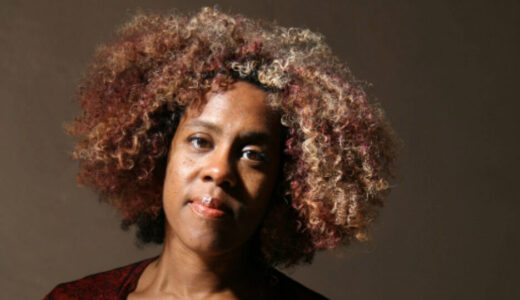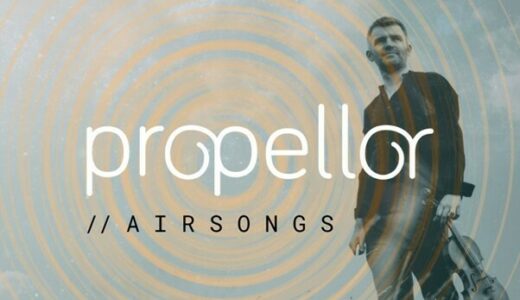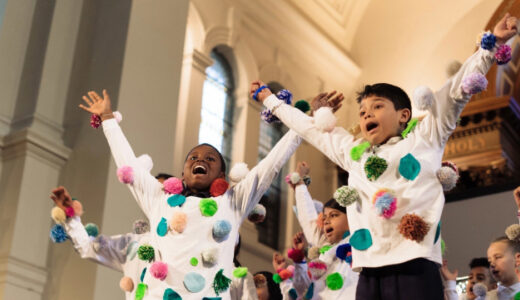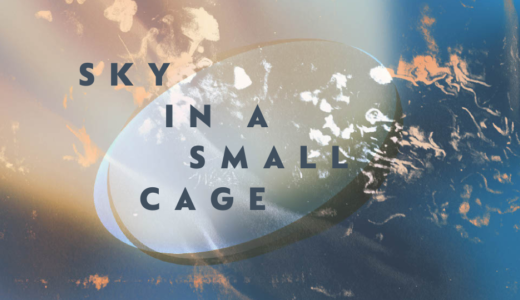
20/09/15
Lost in Thought - What is it?
During the various stages of creating Lost in Thought and in attempting to describe it, people have frequently asked what it is. How is it an opera?
What is actually happening during a performance? With every project that I mount as a director I am, in part, asking these questions. I have a need to go beyond simply expressing and interpreting the content of a piece and to explore rather the form. What is the structure of the piece? How do the various parts relate? And so on. To concern oneself simply with the content of a piece, to ‘tell the story’ as it were, is like the child who asks to be read their favourite book yet again. It is comforting, enjoyable to remember the excitement of the first discovery of the book. Perhaps a deepening in understanding of the characters and themes will occur. But it lacks a creativity, a freshness. A fundamental understanding of how a piece is constructed is of course essential for any sort of expression or interpretation to take place at all. But by playing with form, the modes of expression at your disposal are far more loaded and various (for example being able to express two opposing things simultaneously). You are then in a position to challenge the artists and their practice and ask the audience to be creative with the material that is presented to them.
In opera, there is the luxury of having not just one form but two. My succinct though inconclusive definition of opera would be: bringing a musical form into relation with a dramatic form. The musical form in this case is the composition of certain musical material defined by abstract rules that are chosen by a composer (who is not necessarily a single human being) under the influence of a specific culture, genre, style, etc. The dramatic form is a structure or framework that shapes the work – this too is chosen by a composer (who may be commonly known as a writer, librettist, director, actor, choreographer, etc.) under the influence of a specific culture, genre, style, etc. For a work to be an opera these two forms must come into relation where neither is superior. If the musical form is subservient then we enter the worlds of musical theatre, plays with incidental music, etc. If we fall the other way and the musical form is predominant then we enter worlds like oratorio, programme music, etc. The clearest example I can give of this ideal combination of musical and dramatic form is The Turn of the Screw by Benjamin Britten. On one level, the piece is a series of musical variations on a twelve tone scale. On another level it is a ghost story. The two forms vie for attention; at times complementing each other beautifully and at other times creating unbearable tension.
Now we could very easily get into a long and, I’m sure, unsuccessful attempt at defining opera. We could discuss the role of the human voice, the expectations that are brought about by the word operatic, the various historical examples that break the rules, etc. etc. We could also discuss why it’s important to challenge the form of opera and develop it as an artform. Why should we be trying to develop new techniques and artists, why create work that speaks to people today, why remain creative and alive? But the question that I would actually like to answer is the question that I think people are really asking when they question Lost in Thought's validity as an opera. And that question is ‘Where is the drama?’ Or in other words, what is being enacted and presented? What is actually happening? If you take a traditional example of an opera and look for the drama or the action, then you might think of the characters, their relationships with others, their desires and fates. You might also think of the dramatic arc that carries the characters through certain events and moments. You might think of particular dramatic moments that culminate, release and resolve the tension. But, as you might have already guessed, this is not where the drama truly lies for me. This is all mere content. And what use is paint without a canvas?
For me, true drama lies at any given moment during a performance in two places simultaneously. The first place is ‘on the stage’ as it were and it comes when the musical form and dramatic form are enacted together. The tensions, energies, conflicts, synergies that result from this alchemy. This act is, however, rendered meaningless unless the drama also exists in the second place. And that is in the minds of the audience. Both individually and collectively, an audience is imagining something far beyond the physical realities of the act ‘on stage.’ They are bringing their own creative interpretation to the event. Although these two instances of drama happen simultaneously, it is easy to fall into the trap of thinking that the one causes the other. Noh theatre-maker Zeami Motokiyo talks of all action on stage being a trigger for the audience’s imagination. However, it works the other way too. An audience is creating the drama themselves and consequently influencing the action on stage. Were I to hold up a small curtain in front of you like a puppet master, you would probably assume that I am concealing something behind it. You might even start to imagine what it might be. Once I reveal the object behind the curtain, your understanding of that object is already influenced by your prior thoughts. Suppose there is nothing behind the curtain – yet you have still managed to create something on the stage through your own projection.
This understanding of drama (as opposed to the drama of plot, character, arc, etc.) is a more honest answer to the question ‘what is actually happening?’ What is actually happening on stage is not that two lovers are falling into each other’s arms, that our hero is dying, or that we’re in Paris in 1868. What is actually happening in the moment of drama, is that something is being enacted and being witnessed. It is this understanding of drama that director Peter Brook describes so eloquently in his book The Empty Space and what so many practitioners strive towards in their work. From Kandinsky to Grotowski and Suzuki to Pina Bausch there has been a need to pare away and to focus the work on stage in order to capture something essential and to communicate powerfully and creatively with an audience. Lost in Thought is, on one level, another attempt at discovering this pure, essential form of theatre. But what is so exciting is that I am unaware of another attempt like it.
Most groups or artists who have undertaken this ‘quest for the essence of theatre’ have done so by attempting to create their own clear philosophy and methodology resulting in a very distinct style. At Mahogany Opera Group we boldly claim to be stretching the boundaries of what opera can be and who it is for with these very same intentions. However, rather than undertaking an exploration in a single direction, we are stretching the boundaries in many various ways. In other words, the dramatic forms that we engage with are always different. In rep at the moment we have a cabaret opera, a concept-album opera, a pageant opera, a space-music-history-science-fiction-gameshow-opera to go with Lost in Thought our mindfulness opera.
Too often the dramatic form in opera takes the shape of a kind of literary narrative – that of character development, linear temporality, narrative arc, loss and resolution. In fact, the dramatic form can be anything that provides a context and framework or that gives direction as to how a work should be realised. With Lost in Thought we are using meditation and the structure of a typical day on retreat as the framework for our piece. But can the dramatic form really be anything? Cabaret and concept-albums have an inherent connection to music. You can see instantly how they might be used as a framework for the creation of an opera, as a dramatic form to contrast a musical form. Is mindfulness not a step too far? Is it inherently too distant from music to provide an appropriate framework for drama? Well, what is there in meditation that relates to music and performance? Off the top of my head: silence, listening, breathing, being present but reflective, text and the imparting of knowledge, a communal experience, ritual or repetition, the sounds of instruments (e.g. gongs). What strikes me about all of these elements is that they feel essential to the enactment of a performance but also, more exciting, is that they relate very much to the role the audience plays. Taking meditation as a dramatic form places therefore a particular emphasis on the role of the audience as participants.
During a performance of Lost in Thought there is nothing physical to be observed, nothing is ‘put on’ – no costume nor mask, there is no content that is presented externally to the audience. There is nothing behind the curtain, as it were. We are asked instead to experience an invisible opera, where we the audience create the content ourselves and, even more, where the two instances of drama happen not only simultaneously but in the same place – within the audience. There has been an overwhelming feeling from our workshop participants of a clarity of experience with Lost in Thought. Others have commented further that they created their own narrative, their critical mind disappeared or that they felt somehow inside the music. This is a thrilling discovery to create a piece that condenses such essential elements of performance. However, these elements are not unique to Lost in Thought. Indeed these elements are present in every performance of music or theatre. By isolating them, however, we are able to observe their power and also notice how often they are misplaced or diluted in most other performances. Lost in Thought also sits within a growing tradition of theatre that is shifting the focus of performance from performer to audience. From the immersive theatre of You Me Bum Bum Train to the documentary theatre of Rimini Protokoll, there are many wonderful and various experiments out there.
If Lost in Thought were a dance or theatre piece, I suspect I wouldn’t have needed to write this article. There is still work to do for opera to be accepted as inhabiting the more conceptual realms of theatre. Ultimately, of course, this article can only be regarded as an inadequate footnote to the question: Lost in Thought – What is it? Music and theatre pose questions and give answers through their very being. By being enacted and witnessed. What is it? It is what it is and I welcome you to explore you own definition.
Frederic Wake-Walker
Recent Posts

23/01/25
Various Stages | News | Meet Me @ Mahogany | Events & Performances
Meet Me @ Mahogany: Participation On The Move
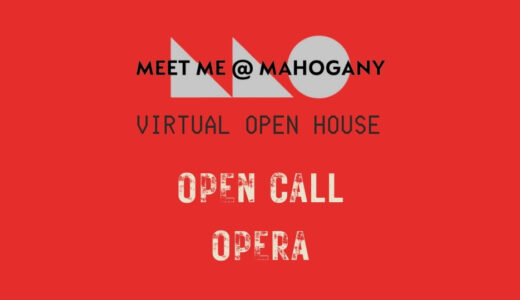
16/10/24
News | Meet Me @ Mahogany | Recruitment | Events & Performances
Meet Me @ Mahogany: Open Call Opera

10/04/24
Commissioning | News | Events & Performances



